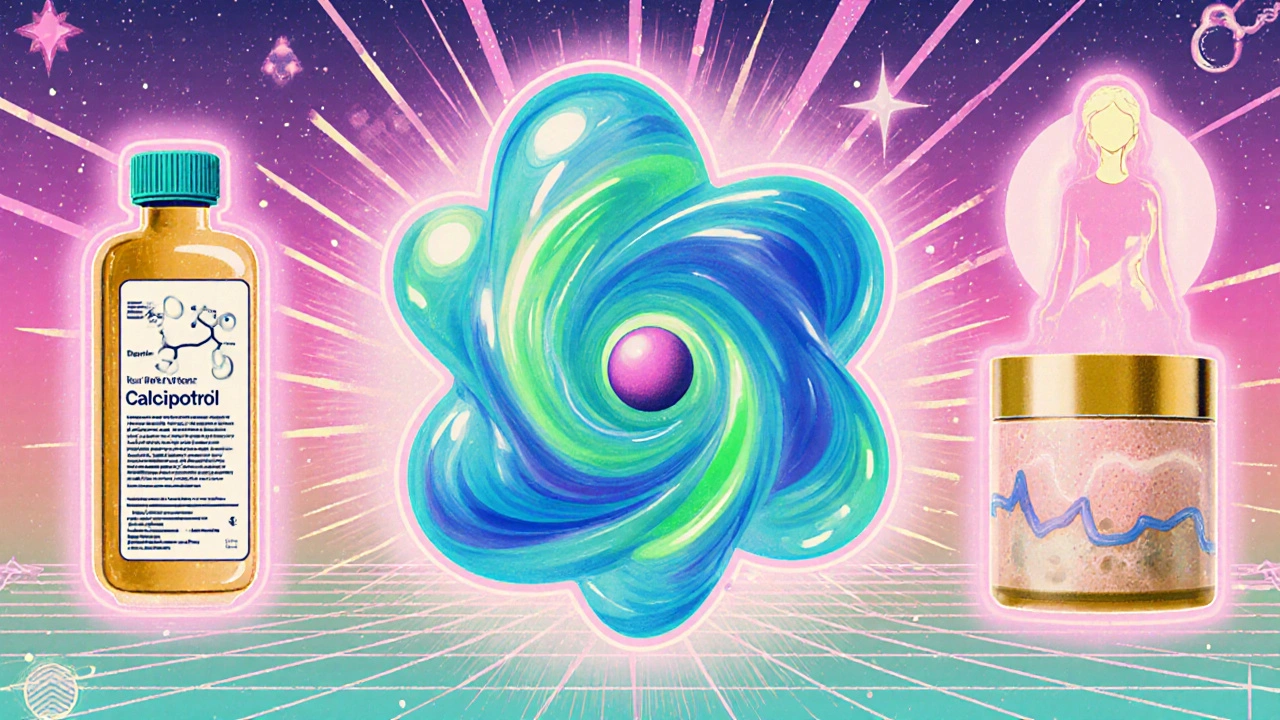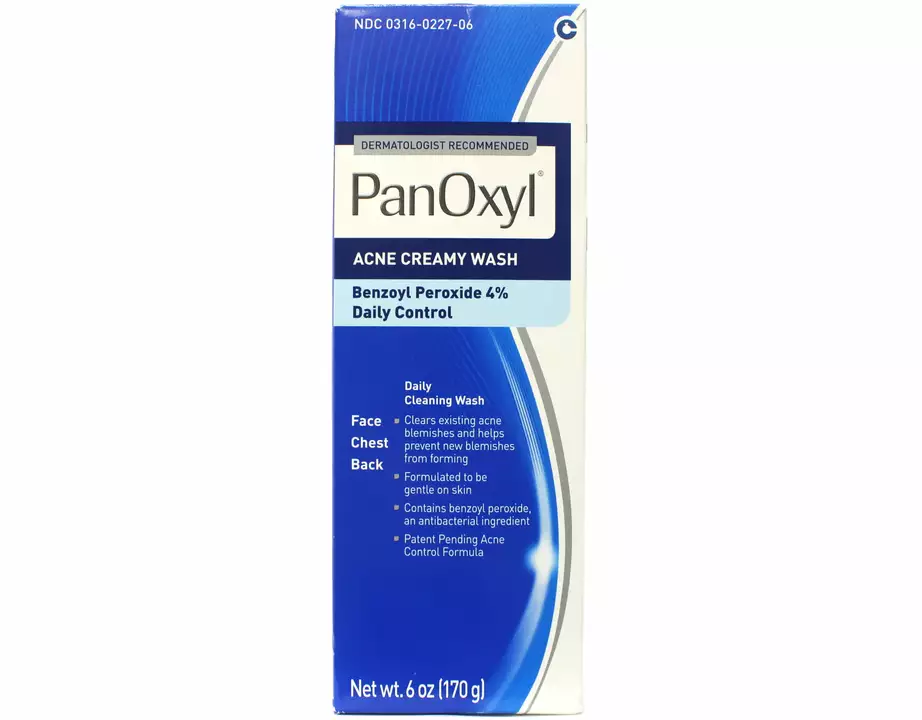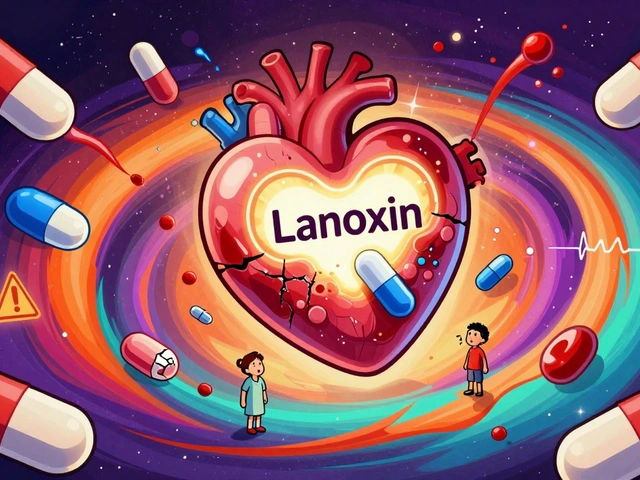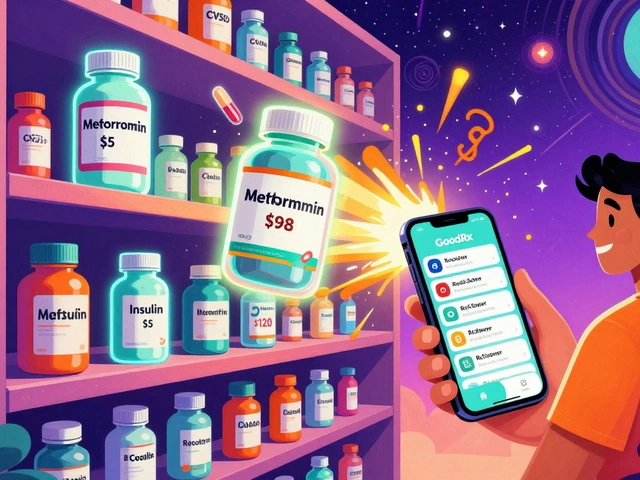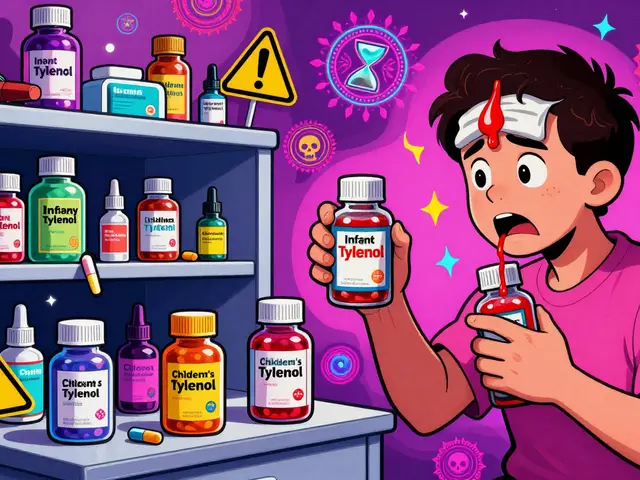Skin care basics you can use today
You don’t need a 10-step ritual to get better skin. Change a couple of habits and you’ll see real results in weeks. This guide gives plain, usable advice—what to use, when to stop, and how to shop smart without overpaying.
Morning and night routines that actually work
Morning: wash with a gentle cleanser, apply an antioxidant serum if you want (vitamin C is common), then a lightweight moisturizer and a broad‑spectrum sunscreen of at least SPF 30. Sunscreen isn’t optional. It prevents spots, early wrinkles, and most sun damage.
Night: cleanse again, then apply targeted treatments if needed—retinoids for fine lines and acne, or an AHA/BHA for texture and clogged pores. Finish with a richer moisturizer. If you use a prescription treatment (like topical retinoids), ask your doctor how often to apply. Start slowly: two or three nights a week, then increase.
Match products to your skin type
Oily or acne‑prone: look for non‑comedogenic products and lightweight gels. Ingredients that help: salicylic acid (BHA) to clear pores and niacinamide to control oil and calm redness.
Dry or flaky: use creamy cleansers, thicker moisturizers with ceramides and hyaluronic acid, and avoid strong alcohol‑based toners. Introduce exfoliation gently—once a week—so you don’t strip the skin.
Sensitive or reactive: patch test new products on your forearm for three days. Favor fragrance‑free formulas and simpler ingredient lists. If a product stings or you get a rash, stop and see a health professional.
Normal or combination: you can mix lightweight AM products with richer PM options. Balance oilier zones with gel moisturizers and nourish dry patches with targeted creams.
Quick ingredient guide: sunscreen every day; retinoids at night (build tolerance); niacinamide for redness and texture; AHAs for surface exfoliation and BHAs for pore work. Don’t combine powerful actives all at once—introduce one at a time.
Shopping online? Buy from reputable pharmacies or known retailers. Check for clear contact details, pharmacy license badges, and honest product photos. Avoid sellers that promise miracle overnight results or ship prescription meds without asking for a prescription.
Simple lifestyle moves matter: sleep more, drink water, cut back on sugar and smoky air, and don’t pick at spots. Hands off healing skin speeds recovery and prevents scars.
See a dermatologist if you have severe acne that leaves marks, sudden rashes, stubborn patches that don’t heal, or any changing mole. For prescription needs, use licensed online pharmacies or your local clinic—don’t risk unverified sources.
Small, steady changes beat intense short flings. Try one tweak this week—sunscreen every morning or swapping a harsh scrub for a gentle acid—and watch what happens in 4–8 weeks.
How Calcipotriol Is Shaping the Modern Cosmetic Landscape
Explore how calcipotriol, a vitamin D analog once limited to psoriasis treatment, is reshaping cosmetics with anti‑inflammatory and barrier‑boosting benefits, formulation tips, and regulatory insights.
Benzoyl Peroxide: A Dermatologist's Perspective
As a dermatologist, I've seen firsthand the benefits of benzoyl peroxide in treating various skin conditions, especially acne. It works by killing acne-causing bacteria and removing excess oils from the skin, leading to a clearer complexion. However, it's crucial to start with a low concentration and gradually increase it to avoid irritation. Remember to moisturize and use sunscreen to protect your skin while using benzoyl peroxide. Overall, it's a proven and effective solution for many people struggling with acne, but always consult a dermatologist before starting any new treatment.
